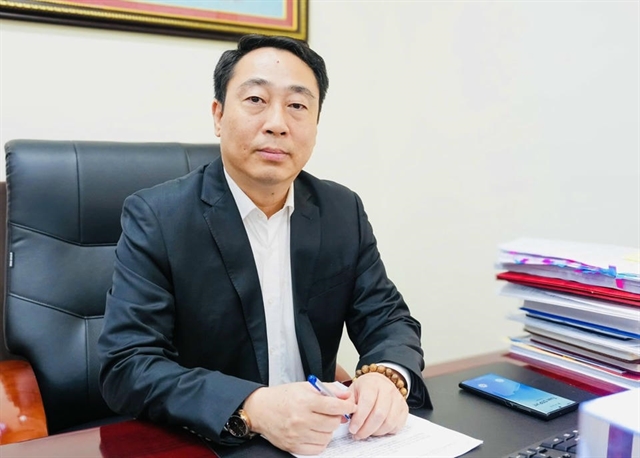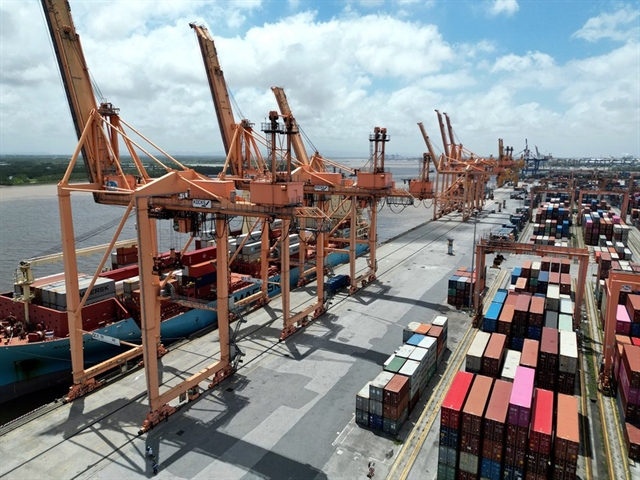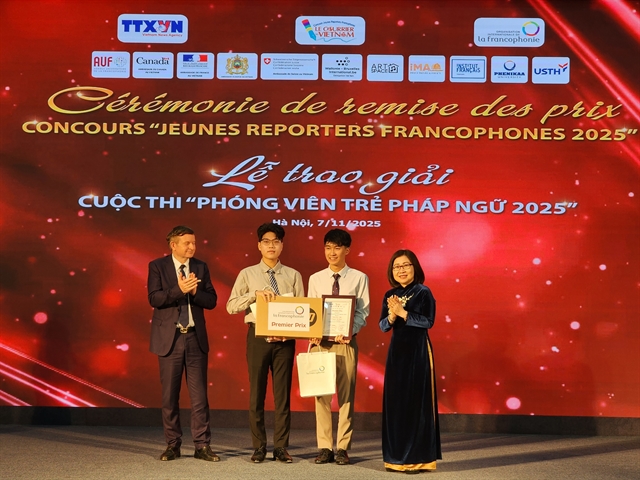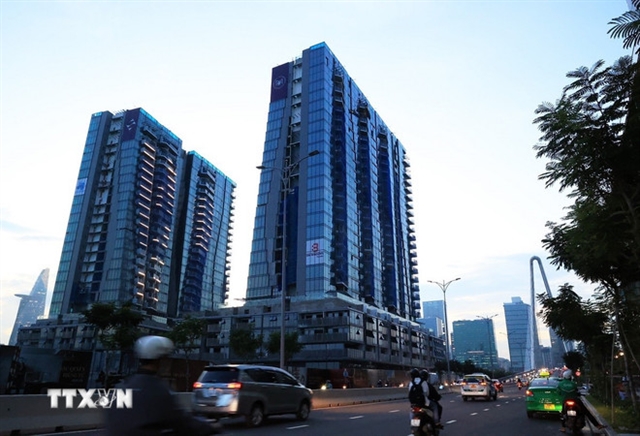 Opinion
Opinion


|
| Dr Nuno F. Ribeiro, RMIT Senior Lecturer and Research Cluster Lead in Tourism and Hospitality Management. Photo courtesy of RMIT Vietnam |
Dr Nuno F. Ribeiro *
As the Vietnamese government is rolling out a pilot programme wherein international tourists with vaccine passports or those who have made a full recovery from COVID-19 can visit five destinations in Việt Nam starting from November 2021, without a quarantine mandate, we are able to observe the first positive signs of tourism recovery in Việt Nam.
The destinations – Kiên Giang, Khánh Hòa, Quảng Nam, Đà Nẵng and Quảng Ninh – are most famous for their beach tourism and heritage sites. They are also extremely popular with certain markets, namely Russia and the US, which will no doubt generate good publicity for Việt Nam.
Thus far, only tourists who have purchased organised tours through certain Vietnamese travel agents/tour operators have been admitted to Việt Nam, but should these efforts prove successful, we will no doubt see the number of international tourists to Việt Nam increase. Hopefully we can then be in a comfortable position to allow independent travellers to visit Việt Nam without undue restrictions or burdens, such as prolonged quarantine or travel restrictions.
It has also been announced that in the second phase starting January 2022, the scale of the pilot plan will be expanded by connecting destinations through regular charter and international commercial flights.
Certainly, this will be an extremely careful and gradual opening. As long as all the proposed measures for health and safety and disease prevention are followed to the letter, I believe this can be a good step to slowly restart the tourism industry in Việt Nam.
Tourism in the new normal
Việt Nam’s tourism industry is extremely proactive, and it has been preparing for at least partial reopening since the government indicated that it would occur. It is now preparing to live with the 'new normal' of tourism, where COVID-19 is a reality to be dealt with, to be kept under control and make sure it does not excessively impact tourists’ experiences.

|
| A view of Phú Quốc Island. — Photo courtesy of RMIT Vietnam |
With that in mind, there are some specific steps that the tourism industry can take to ensure the success of Việt Nam tourism in the months and years ahead.
First, and most importantly, ensure that all the health and safety measures and precautions have been taken. This means complying with government directives, only allowing guests that have been fully vaccinated for at least 14 days, ensuring all staff are 100 per cent double vaccinated, increasing cleaning and disinfecting routines, minimising contact between guests, and overall providing a safe and healthy environment for guests to enjoy the tourism experience.
Second, it is critical to have well-qualified, trained staff in place before reopening. After months of redundancies, the attraction and retention of qualified personnel to work in the tourism industry is key. Furthermore, staff should be trained in health and safety, and staff training should focus on service quality. In the tourism industry, we do not sell hotel stays or resort packages – we sell experiences, and quality experiences are impossible to deliver without qualified, trained, and empowered staff.
Third, ensure the stability of the supply chain and make sure there are enough supplies so that tourism operations can run smoothly. It is incredibly important that tourism businesses have good logistics, and the tourism and hospitality supply chain is not disrupted – materials, supplies, food and beverage, amenities, etc. are critical for the good functioning of the hospitality industry. Without a robust supply chain, the success of any reopening efforts will be difficult if not impossible.
Fourth, it must make sure there is good communication and concerted efforts between all stakeholders in the tourism industry, which also include the government and the general public. Sharing of information, abiding and implementing concerted efforts and policies are going to be critical. It is extremely important to have open and honest dialogue and cooperation between all stakeholders in the tourism industry, including government, airlines, hotel owners and operators, travel agents and tour operators, advisory boards, and promotional entities. All stakeholders should be involved in the process of reopening from the beginning and allowed to provide their input.
And lastly, prepare for the unexpected and have a solid risk management strategy. There is a certain element of uncertainty in the reopening of the tourism industry, and while we certainly are confident that all will go well, we should still be prepared for any eventuality, such as new outbreaks, shortage of staff, additional regulations, or complicated travel and transportation procedures.
If the history of tourism since World War II has taught us anything, it is that tourism always rebounds exponentially after crises. The same will happen once the current COVID-19 pandemic is either controlled or the world learns to live with it, much like we do with other illnesses such as the flu. International tourism has begun its recovery in certain parts of the world, and Việt Nam will be no exception.
If we can ensure good coordination between government and all industry stakeholders and put the necessary health and safety measures in place, I think that 2022 can be “the light at the end of the tunnel” for Việt Nam's tourism. — VNS
* Dr Nuno F. Ribeiro is RMIT Senior Lecturer and Research Cluster Lead in Tourism and Hospitality Management.




